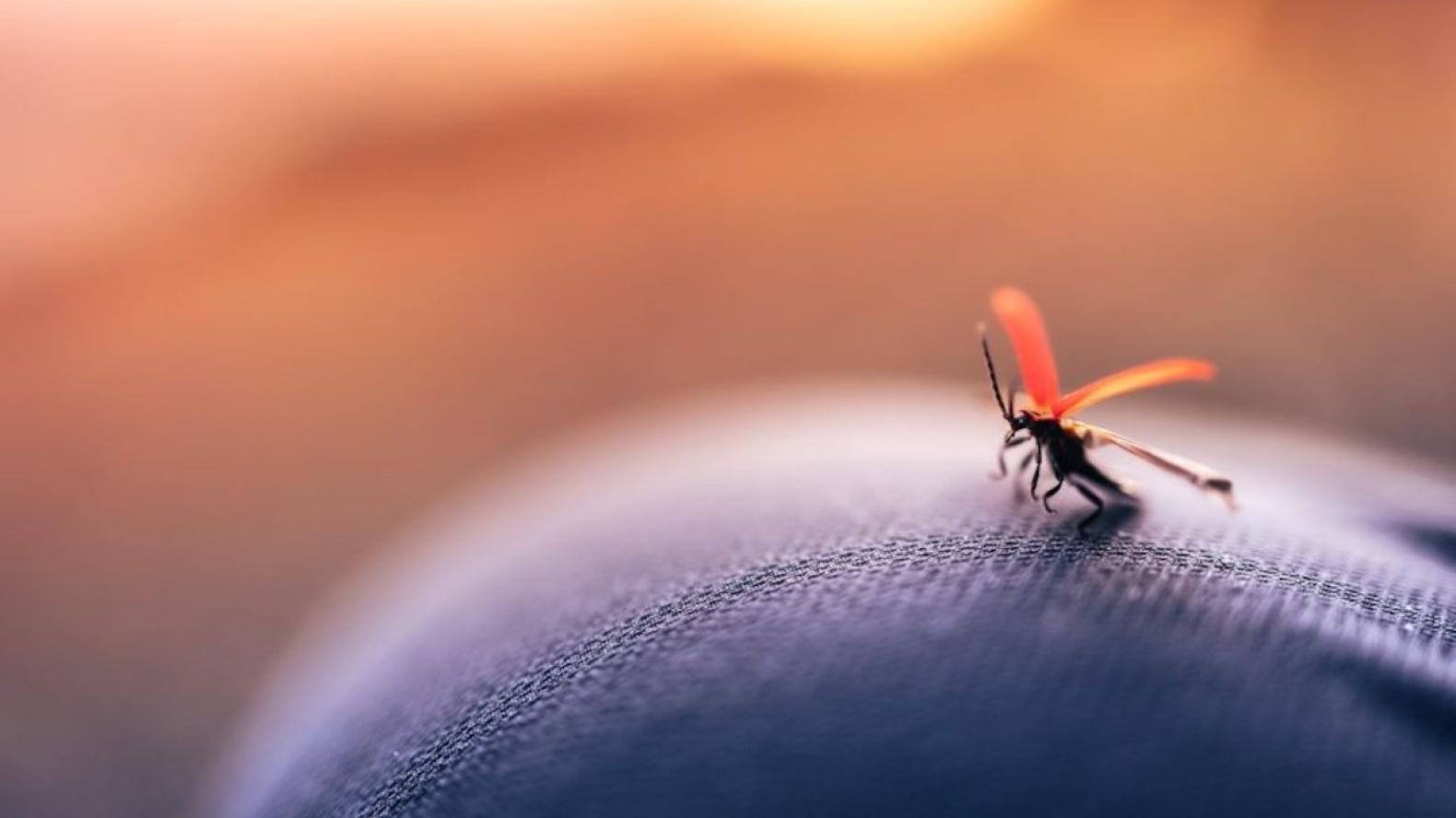
At a time when most people are closely watching the weather, a unique project coming to UBC’s Vancouver campus could become the blueprint for forecasting insect activity across the city.
This summer, researchers plan to set up 60-70 unique cameras across the UBC Vancouver campus and the UBC Farm. The cameras, known as Sticky Pi, combine optics and a sticky trap. They catch bugs and take pictures of them. Computers then use artificial intelligence to determine exactly what the insects are, and where and when they were trapped in real-time.
The researchers plan to eventually deploy the camera system across Vancouver in 2023.
Advanced monitoring of insects, like Sticky Pi, is a relatively new technology. Entomologists typically catch insects in traps, then count and identify them by hand, which is time consuming and doesn’t allow for real-time monitoring.
Like canaries in coal mines, insects are effective indicators of global change in ecosystems. Recent evidence suggests that some important insect groups may be declining while others proliferate, the consequences of which are already being felt in global food supplies, as outbreaks of pests and the overuse of inputs compound issues of land use, habitat loss, and climate change.
“It’s almost like a weather forecast of insects. This project will enable UBC to monitor insects in real-time, on a scale never done before, and, importantly, allow researchers to compare insect activity in natural habitats, urban campus landscapes, and the agricultural setting of UBC Farm,” said Dr. Quentin Geissmann, postdoctoral research fellow in microbiology and immunology in the faculty of land and food systems, and co-lead of the Sticky Pi project.
“By creating real-time data for the public, UBC will serve as an early alert system for monitoring insects pests – these maps and pest alerts will be communicated to growers and other agricultural stakeholders across Canada.”
In a pilot program using Sticky Pi camera traps for digital detection of insect pests in agriculture, Geissmann identified invasive, strawberry-eating weevils, an urgent concern in Canada. The group also detected limitations to current trapping technology that misses some classes of insects and/or underestimates insect populations.
“The next phase of the project will use these tools to help us understand how light pollution affects biodiversity, as well as how climate change-related events like last summer’s heat dome affect insect presence. Developing baseline data will help us to monitor the impact of human activity on biodiversity in the long term,” said team member Daphne Chevalier, a master’s student in plant science.
The Sticky Pi project is funded in part by UBC’s “Campus as a Living Laboratory” (CLL) program, managed by the Sustainability Hub, which aims to integrate academic research and teaching with campus planning, infrastructure, operations and community development by using the campus as a place to test new ideas.
“CLL is a strategic initiative at UBC that utilizes the unique capabilities of our academic campuses to have real impact within the broader community,” said Angelique Pilon, director of Urban Innovation Research, and manager of the CLL program. “We are committed to responding to some of the most pressing societal issues of our time by bringing together unique collaborations of researchers, students, staff and partners to explore and test innovative solutions to complex challenges, and to share our experience and learning to advance sustainability practices and policies both on and off campus.”
The Sticky Pi project is also a citizen science initiative, where community members are invited to get involved. The research group will soon be conducting “hackathons” to help improve trap technology and will work with community volunteers who want to take part and provide feedback. The technology is also all open source.